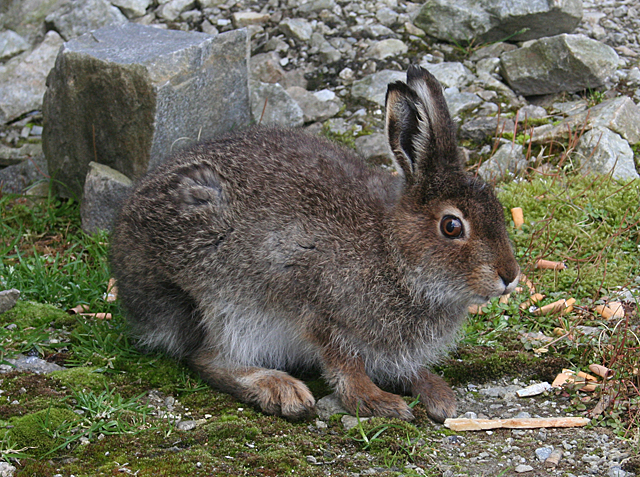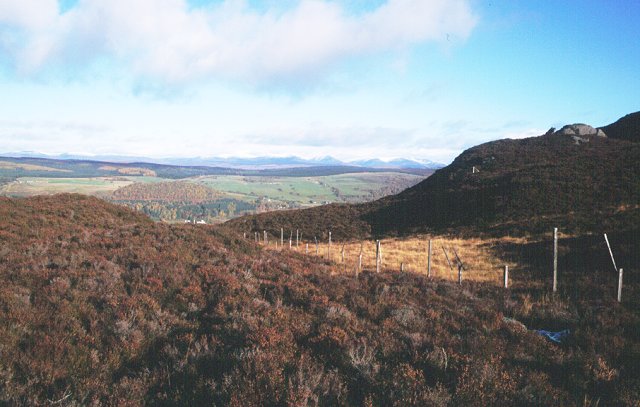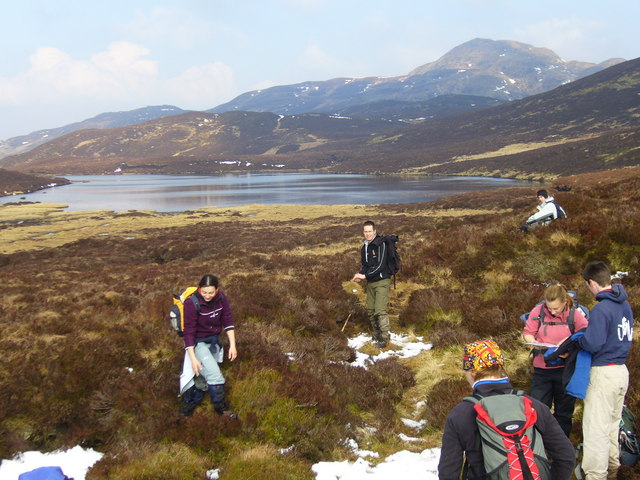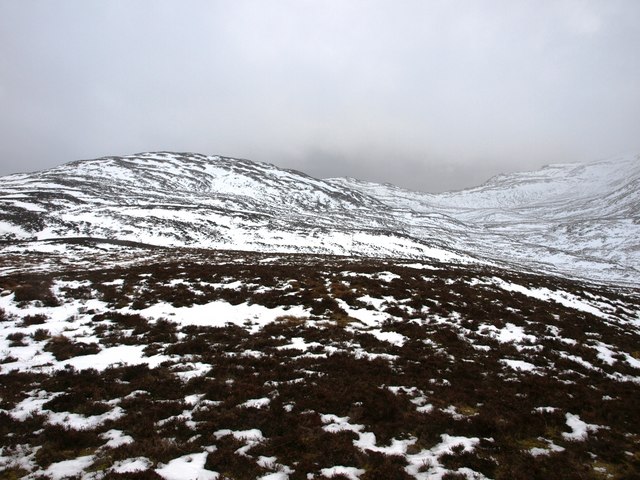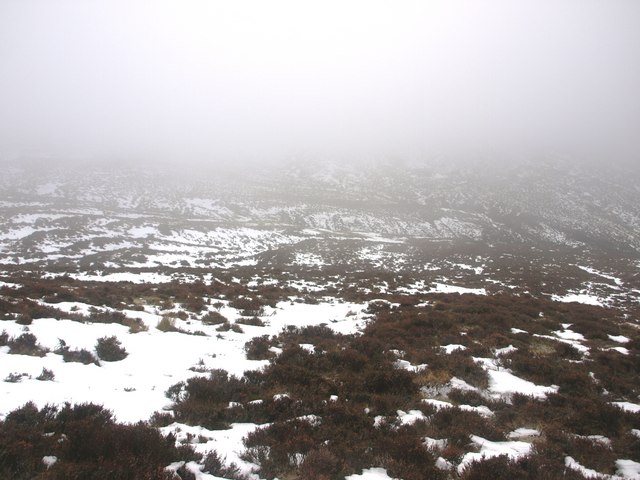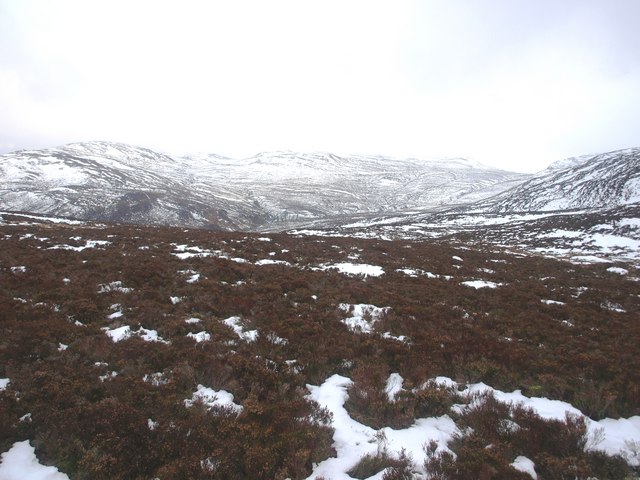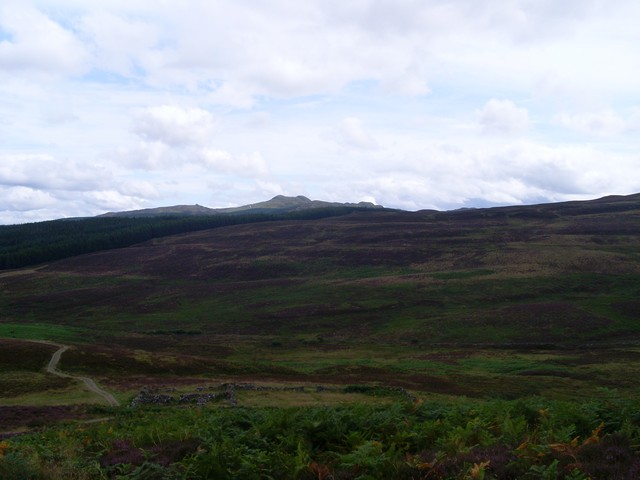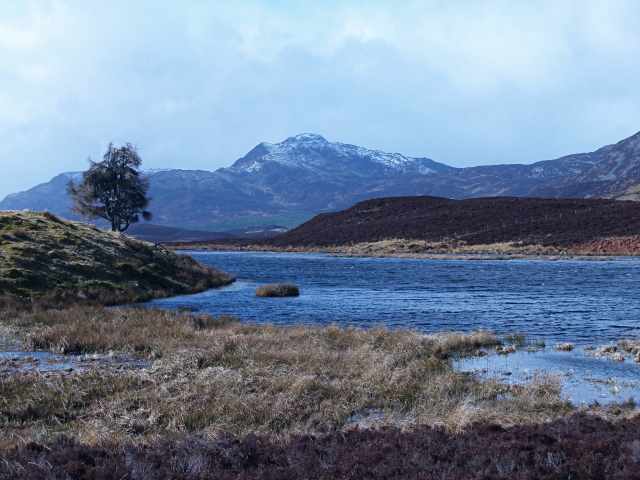Bad Garbh
Downs, Moorland in Perthshire
Scotland
Bad Garbh
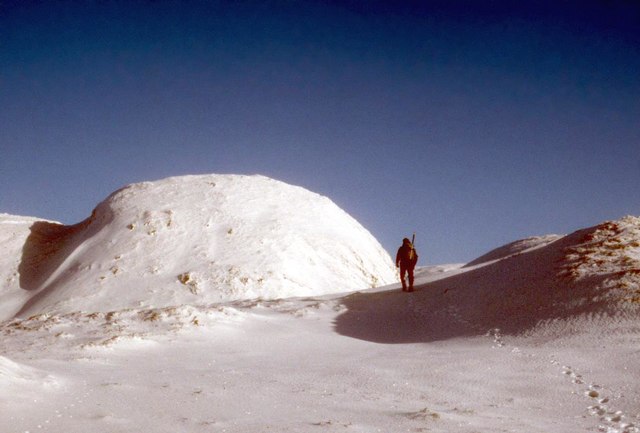
Bad Garbh is a region located in Perthshire, Scotland, known for its rugged landscapes and wild beauty. Nestled amidst the rolling hills and moorlands, it is an area of outstanding natural beauty that attracts outdoor enthusiasts and nature lovers alike.
The Downs of Bad Garbh offer breathtaking panoramic views of the surrounding countryside. These undulating hills are covered in heather, giving the landscape a vibrant purple hue during the summer months. The area is home to a variety of wildlife, including red deer, mountain hares, and golden eagles, making it a popular spot for wildlife enthusiasts and birdwatchers.
The Moorland of Bad Garbh is characterized by its vast expanses of open, treeless spaces. The terrain is peppered with peat bogs and small lochs, creating a unique and diverse ecosystem. It is a haven for birdlife, with species such as the curlew, red grouse, and black-throated diver making their homes here.
The climate in Bad Garbh can be unpredictable, with frequent changes in weather patterns. Rain showers are not uncommon, and the area can experience harsh winds, particularly in the winter months. However, these challenging conditions only add to the allure of the region, attracting those seeking adventure and solitude in the great outdoors.
With its unspoiled landscapes and rich biodiversity, Bad Garbh offers a true escape from the hustle and bustle of everyday life. Whether it is hiking along the winding trails, capturing stunning photographs, or simply immersing oneself in the tranquility of nature, this region in Perthshire is a true gem waiting to be discovered.
If you have any feedback on the listing, please let us know in the comments section below.
Bad Garbh Images
Images are sourced within 2km of 56.681182/-3.9276485 or Grid Reference NN8256. Thanks to Geograph Open Source API. All images are credited.



Bad Garbh is located at Grid Ref: NN8256 (Lat: 56.681182, Lng: -3.9276485)
Unitary Authority: Perth and Kinross
Police Authority: Tayside
What 3 Words
///train.encroach.tuned. Near Aberfeldy, Perth & Kinross
Nearby Locations
Related Wikis
Meall Tàirneachan
Meall Tairneachan (787 m) is a mountain in the Grampian Mountains of Scotland, located northwest of Aberfeldy in Perthshire. The peak lies in an area of...
Farragon Hill
Farragon Hill (782 m) is a peak in the foothills of the Grampian Mountains of Scotland. It lies above the town of Aberfeldy in Perthshire. The hill is...
Loch Tummel
Loch Tummel (Scottish Gaelic: Loch Teimheil) is a long, narrow loch, seven kilometres (4+1⁄2 miles) northwest of Pitlochry in the council area of Perth...
Tummel hydro-electric power scheme
The Tummel hydro-electric power scheme is an interconnected network of dams, power stations, aqueducts and electric power transmission in the Grampian...
Loch Derculich
Loch Derculich is a freshwater loch in central highlands of Scotland, in Perth and Kinross. Loch Tummel is located three miles to the north. == Habitation... ==
Loch Bhac
Loch Bhac (Bhaic or Vach) is a fine freshwater trout loch, located in the west part of the Allean Forest, and east part of Tay Forest park, and slightly...
Creag Odhar
Creag Odhar is a rocky mountain peak in the southern Highlands of Scotland, in Perthshire north of Aberfeldy. The name is Gaelic, from creag, meaning...
Tummel Bridge
Tummel Bridge is a double arched hump-backed former military bridge crossing the River Tummel at Tummel Bridge, Perth & Kinross, Scotland. A Category A...
Have you been to Bad Garbh?
Leave your review of Bad Garbh below (or comments, questions and feedback).





